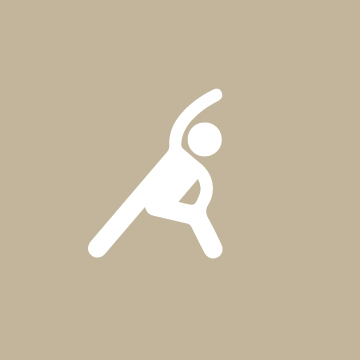Orthopedics
The human skeleton
The skeleton of an adult person comprises over 200 bones. Around one half of them are located in the hands and feet. The tubular bones, for example the humerus in the upper arm, the ulna and radius in the forearm, and the shin bone, form a support structure for the limbs. The bones also serve to stabilize the body and protect the internal organs.
Joints connect the bones together and give the body mobility. Smooth cartilage allows the joint surfaces to slide against one another. Tendons hold the joints together and play a coordinating role in movement.
CertiCare provides suitable treatment aids for the following body areas:
The knee joint
The knee joint connects the two longest bones in the human body: the thigh bone (femur) and the shin bone (tibia). A complicated system of bones, ligaments, tendons and cartilaginous structures gives us the ability to stand upright and walk. Even though the knee joint is often referred to as a hinge joint, the movement is a combination of rolling and gliding.
The spine
The spine is the central axis of the human body and connects all parts of the skeleton. It acts as a shock absorbing column and supports the trunk. Without the spine we would not be able to walk upright or stand.
The spine is stabilized by a multitude of ligaments, tendons and muscles. They act like a corset, and support and move the spine. Located between the vertebrae are discs consisting of elastic fibers and a soft gelatinous core (nucleus pulposus). The intervertebral discs act as a buffer between the vertebrae and absorb any hard impacts. They can deform during movement, thereby lending mobility to the spine.


